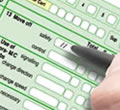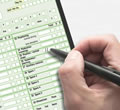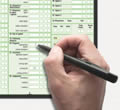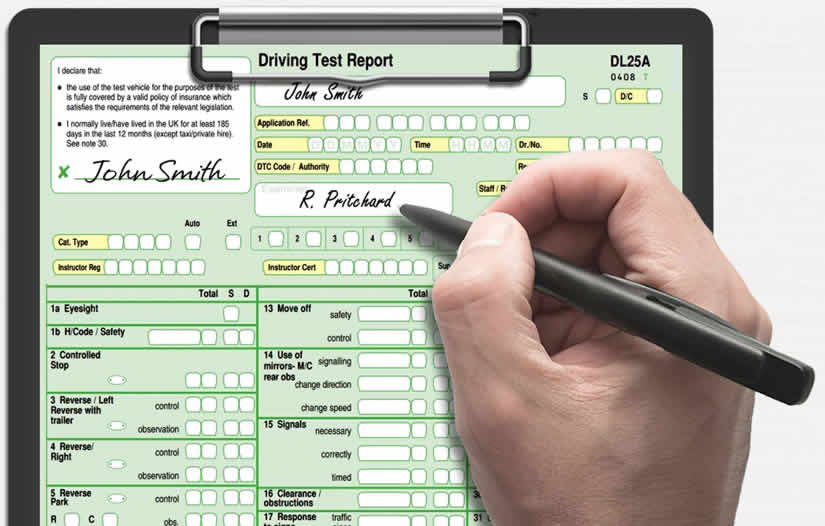There are of course a multitude of potential faults that can be made during a practical driving test. The DVSA permit a maximum of 15 (minor) faults during a driving test, with a serious or dangerous fault resulting in an immediate test failure.
With a little over 1 percent of test candidates passing with zero faults, it means there’s a very high chance that you’ll be making some faults, just hopefully no serious or dangerous ones. To help you avoid making mistakes, we’re going to explain the most common driving test faults and hopefully aid your chances of passing the test first time.
 Common Driving Test Faults: Moving Off
Common Driving Test Faults: Moving Off
‘Moving off’ requires the test candidate to drive the vehicle from a parked position at the kerbside. In this instance, it’ll be from the left kerb. The examiner asks that the test candidate moves off several times throughout the driving test, let’s take a look at the most common faults recorded on the test sheet.
![]()
 Common Driving Test Faults: Stopping on the Left
Common Driving Test Faults: Stopping on the Left
Throughout the driving test, the examiner will instruct you to stop on the left on many occasions. They may ask you to stop in a specific place, or instruct that you stop when ready. Here we explain the most common faults that are given by examiners during the test when candidates stop on the left.
![]()
 Common Driving Test Faults: Left Turns
Common Driving Test Faults: Left Turns
‘Left turns’ are when turning left from a major road into a minor road (side road). Explained are some of the most common faults that examiners record when test candidates make left turns.
![]()
